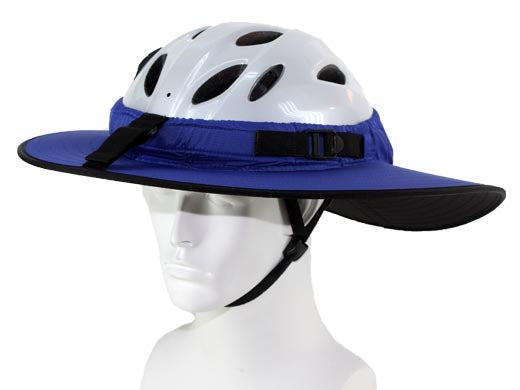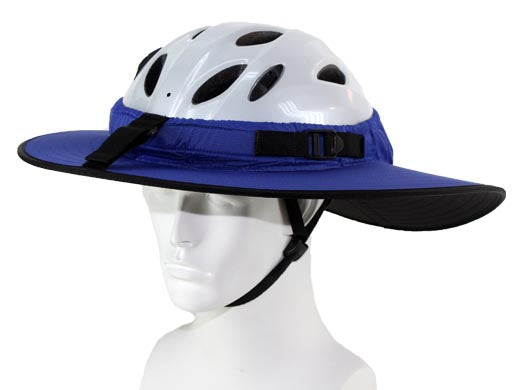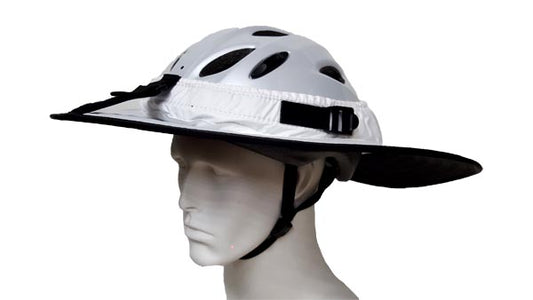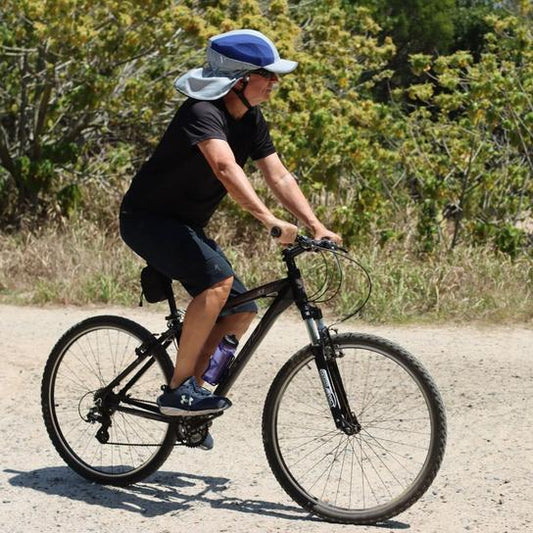Going for a ride can be an exhilarating experience. Whether you’re out for a relaxing trip across the city or an adrenaline-pumping run, riding a bike keeps you both fit and mentally engaged. Though it might be a hassle to deal with, wearing the right gear can save your life from unexpected accidents.
Any professional biker knows the dangers of not choosing the right gear from your bike to your helmet. This is why buying the right equipment is an investment in terms of preference, comfort, and protection. Whether you’re using it for travel or sporting events, it’s best to put your money where your safety should be at all times.
Choosing the right gear
Whether you’re buying a helmet for the first time or looking to find a replacement from your older model, we suggest that you take note of the steps necessary to assess the right headgear. In this article, we will share with you the three Cs of choosing the right riding helmet:
1. Checking the fit
First, it’s essential to check that your helmet fits without any adjustments. Your headgear should fit comfortably around the shape of your head without any loose spaces or tight spots. If you feel a bit of discomfort with it, you should check different-sized linings.
After getting a secure fit, check that the chin strap is comfortable around your head. Keep in mind that it shouldn’t feel so tight that it constricts your breathing, but not so loose that it could fall off during a bumpy ride.
2. Certifying safety
Though you might save money buying an off-brand helmet, you also might end up spending more in the hospital if you have a serious accident.
A crucial factor in choosing the right headgear is its ASTM/SEI certification. As the most widely recognised certificatation in ensuring the quality of the product, the ASTM/SEI certification assures you that the product has withstood testing procedures to ensure its wearer’s safety.
3. Choosing mobility
Your helmet shouldn’t only provide protection but also comfort around your mobility. This is because a helmet is there to ensure that you’re safe and it shouldn’t be the cause of an accident.
Test for head movement by tilting your head back and forth and moving horizontally. The helmet should be level if strapped on properly. Make sure that there are at least two finger-widths of space between your helmet and your eyebrows to ensure that you’re not in danger of having obstructed vision.
Conclusion
If your helmet of choice manages to clear through the three Cs as listed above, then you’ve got yourself the perfect fit for a ride! Committing to your first riding helmet can be a complicated task if you’re not used to buying headgear. Besides the three categories given in this article, you can also choose a luxury option by purchasing a helmet that provides other benefits.
Modern helmet designs provide an added function of ventilation to keep you cool during a ride. Another improvement to headgear designs is in having removable inner linings in different sizes for easier cleaning after a long and sweaty run.
If you’re looking for a reliable service that can give you a wide selection of riding helmets in New Zealand, browse our online catalogue today!










